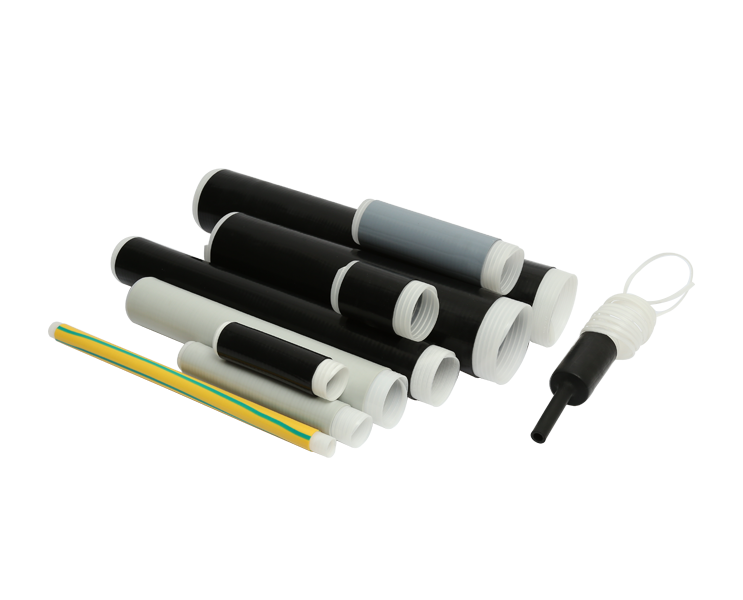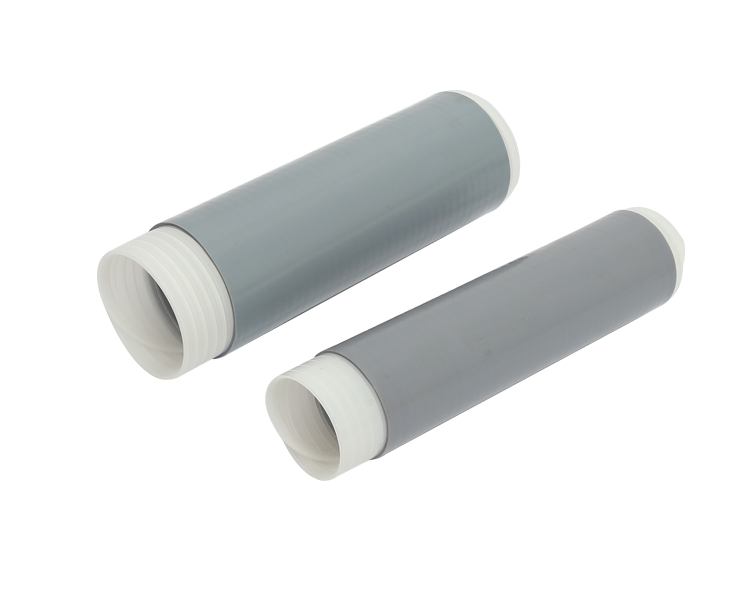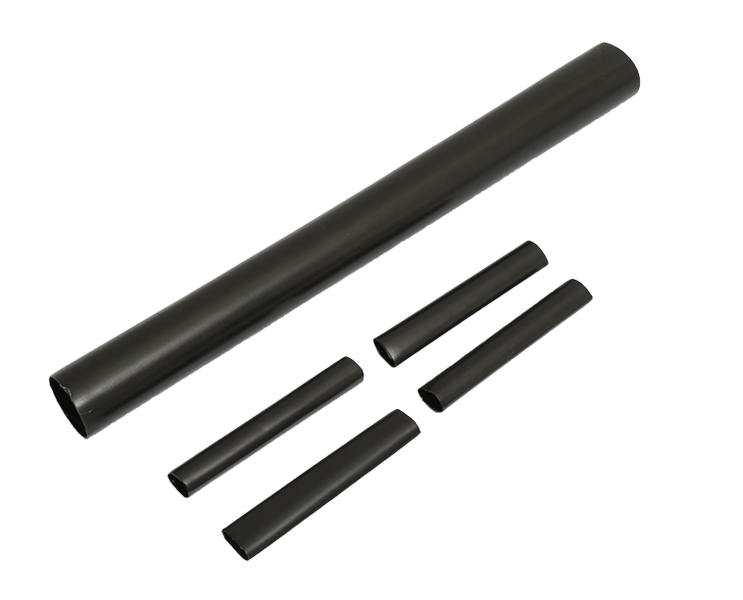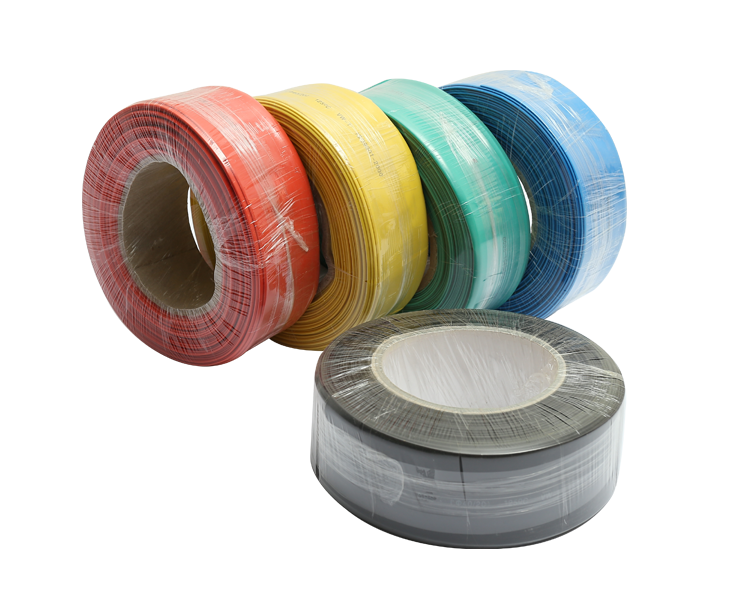Insulation front plug-in technology plays a pivotal role in the electrical and electronic industry, particularly in the design and assembly of power distribution systems and electrical equipment. This technology is essential for ensuring the safety, reliability, and efficiency of electrical connections.
Insulation front plug-in technology is primarily focused on enhancing electrical safety. By providing an additional layer of insulation at the front end of connectors, it significantly reduces the risk of accidental contact with live electrical components. This feature is crucial for preventing electrical shocks and minimizing the potential for personnel injuries.
The use of insulation front plug-in components helps prevent electrical arcing and flashovers. Electrical arcs and flashovers can lead to equipment damage, fires, and power outages. By providing insulation and preventing air gaps, this technology ensures that electrical connections are secure and do not allow for these dangerous phenomena to occur.
Insulation front plug-in technology contributes to the overall reliability of electrical systems. It ensures that connections remain consistent and stable, even under varying conditions and mechanical stresses. Reliability is especially crucial in critical applications, such as power distribution, where system failures can have significant consequences.
Insulation front plug-in components are designed to facilitate easy and efficient installation and maintenance of electrical systems. The design allows for quicker and more straightforward connection and disconnection of components, reducing downtime and labor costs during installation, repair, or maintenance.
The modularity of insulation front plug-in technology enables the creation of versatile and flexible electrical systems. Various components can be easily connected or disconnected, providing scalability and adaptability to changing system requirements. This modularity is especially valuable in industries like automation and robotics, where reconfiguring systems are common.
Insulation front plug-in technology often includes protection against environmental factors, such as dust, moisture, and chemicals. This insulation layer prevents corrosion of electrical contacts and ensures the longevity of electrical connections, particularly in outdoor or harsh industrial environments.
Improved insulation and electrical reliability contribute to energy efficiency in electrical systems. Stable and efficient electrical connections reduce energy loss due to poor conductivity or intermittent faults, promoting a more sustainable and cost-effective operation.
Industrial Automation: Insulation front plug-in technology is widely used in industrial automation systems, where rapid and reliable connections are essential for seamless operation. These systems often require frequent modifications, making the ease of installation and maintenance a critical advantage.
Power Distribution: In electrical substations and power distribution centers, insulation front plug-in components are used to connect and disconnect electrical circuits safely and efficiently. This technology ensures that power distribution is reliable and secure.
Data Centers: Data centers rely on insulation front plug-in technology to maintain the integrity of electrical connections. The modularity of these components allows for easy expansion or reconfiguration of power distribution systems in response to changing demands.
Railway and Transportation: In railway and transportation systems, where electrical connections are exposed to environmental factors and vibration, insulation front plug-in components offer a secure and durable solution. They help maintain electrical reliability even in challenging conditions.
Renewable Energy: Solar and wind energy systems utilize insulation front plug-in technology for connecting and disconnecting components such as inverters, transformers, and battery systems. This technology ensures the safe and efficient operation of renewable energy installations.
Medical Equipment: Insulation front plug-in components are used in medical equipment to ensure that electrical connections are secure and safe for healthcare professionals and patients. The ease of maintenance is particularly valuable in this sector.

 English
English 简体中文
简体中文



